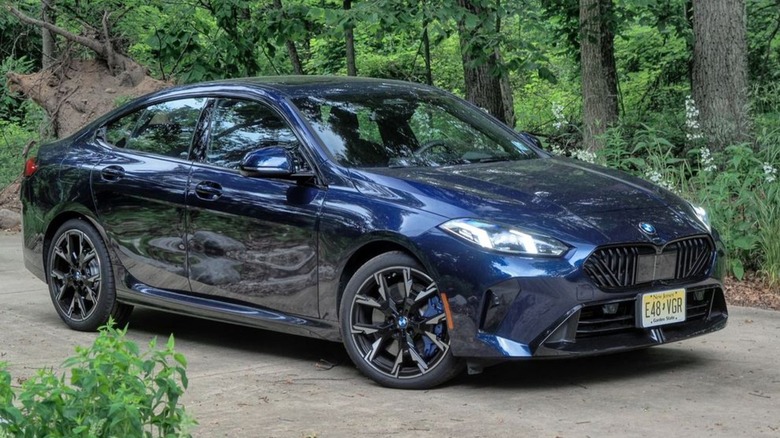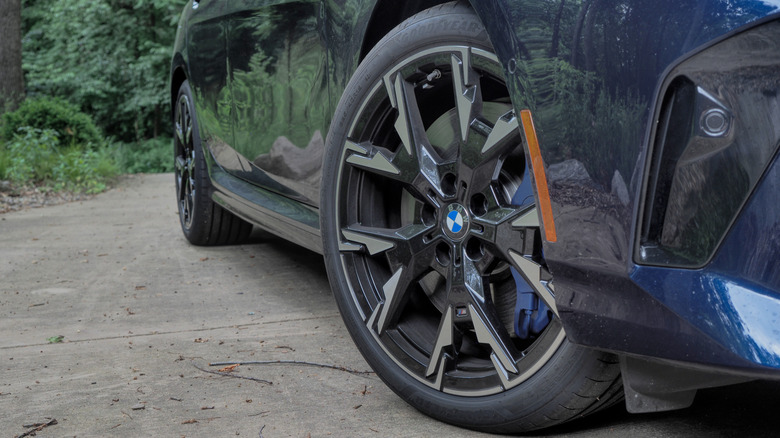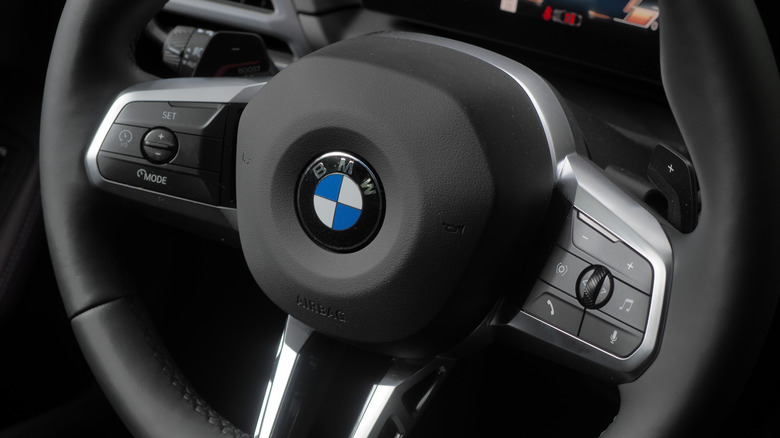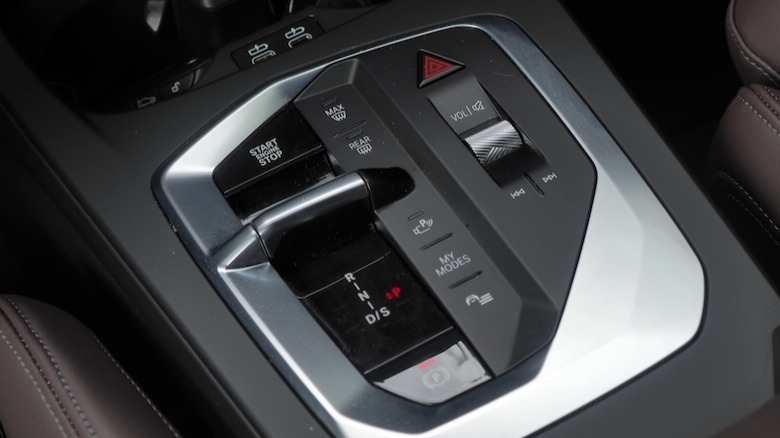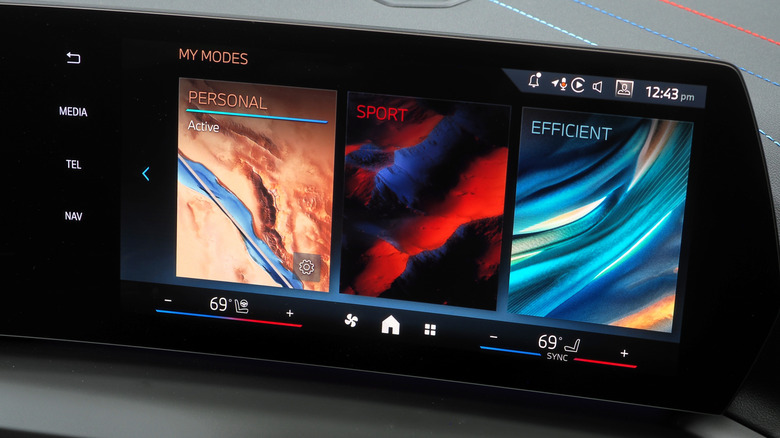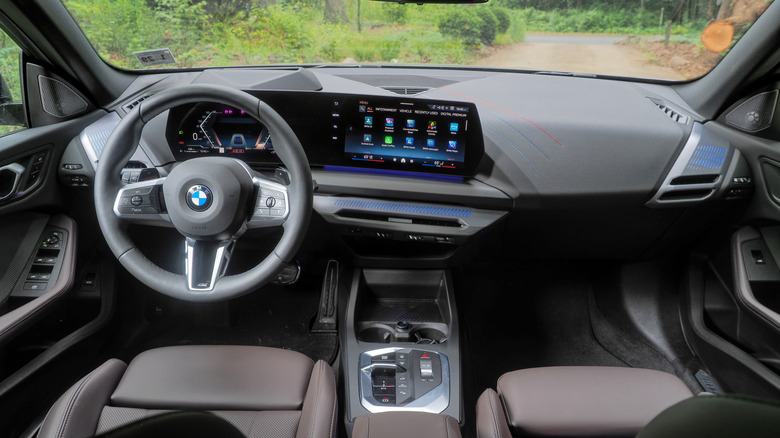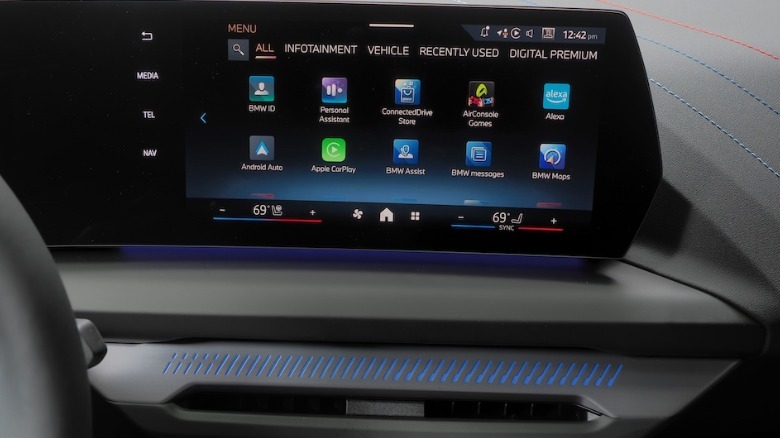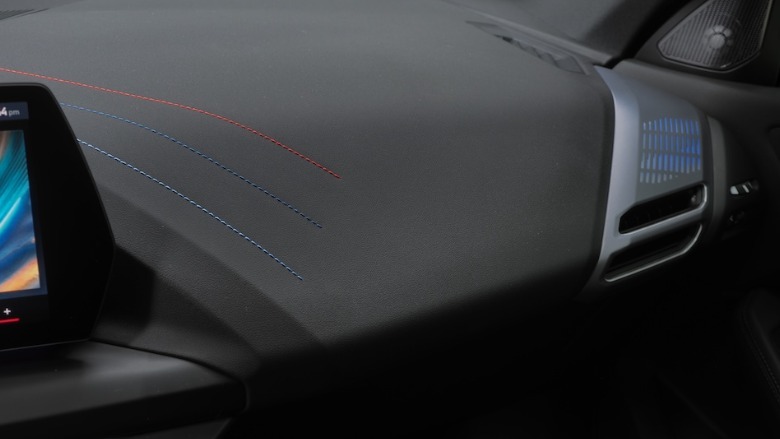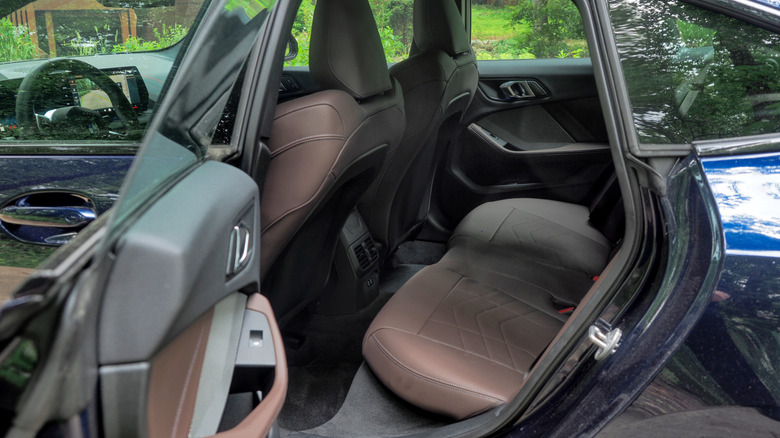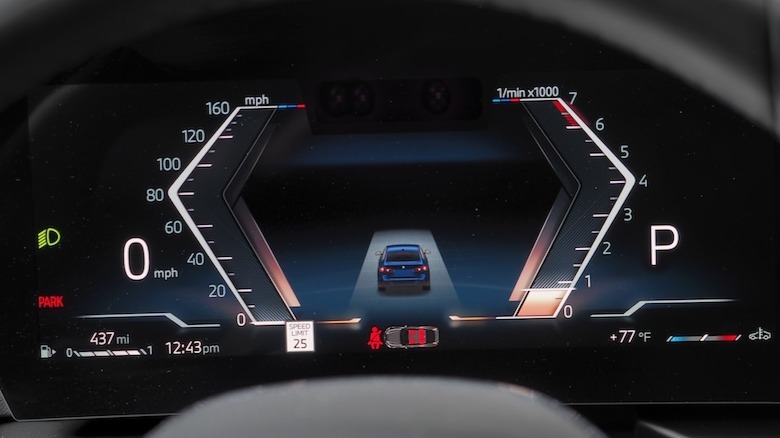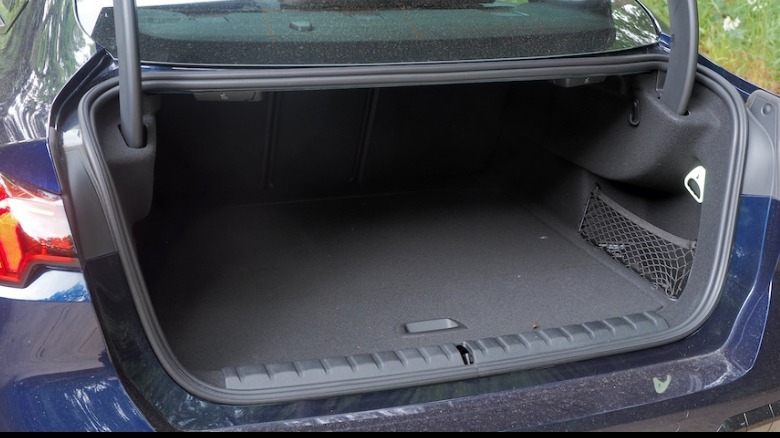2025 BMW 2 Series Gran Coupe Review: Life In The Cheap(ish) Seats
Decisions can be tough, at the entry point to a luxury automaker like BMW. The new, second-generation 2025 2 Series Gran Coupe has to be slick enough to justify its $40k starting price yet clearly sacrifices must be made compared to its more expensive stablemates. Owners need to feel that core BMW magic, yet the peristaltic pressure irresistibly nudging them to more expensive upgrades can't let up.
No surprise, then, that so-called gateway models can be controversial. For brand aficionados, BMW's decision to make the 2 Series Gran Coupe front-wheel drive still rankles. With this second-gen (F74) version, the any-trim-you-like-as-long-as-it's-sporty focus — with the M Sport package now standard — writes checks you'd be forgiven for wondering if the platform can cash.
To be fair, the Tanzanite Blue II Metallic car you see here isn't quite BMW's cheapest model in the U.S. For a start, it's the xDrive version: all-wheel drive nudges the starting price from the $39,600 of the entry-level 228 Gran Coupe, to $41,600 (both plus $1,175 destination). BMW held that front-wheel drive 228 Gran Coupe back to the 2026 model year, though the order books are open now.
A smaller grille is welcome
I don't dislike BMW's aesthetic for the new 2 Series, though I wish the Gran Coupe was a little more aggressive in the manner of its two-door sibling. The 2 Series Coupe has those bulging fenders and sharply-truncated three box profile. In four-door form, cover up the nose and the front three-quarter view gets a little anonymous.
Not ugly, certainly, and BMW's grille restraint seems likely to please more people than the vast, gaping nostrils elsewhere in the automaker's lineup. It just doesn't have the same presence as larger BMW sedans (or, for that matter, the 4 Series Gran Coupe).
18-inch wheels are standard, swapped on this car for 19-inch black versions ($600). The standard M Sport exterior gets the Shadowline trim; among the improvements of the M Sport Plus package ($900) are M Sport brakes with blue calipers. Along with the usual, safe array of silver, white, and gray paint finishes, there's a striking purple, and even a couple of matte options (albeit with the latter priced at a hefty $2,350 apiece).
More power for the entry inline-four
Under the hood, the 2 Series Gran Coupe uses a 2.0-liter inline 4-cylinder turbocharged gas engine for the 228. That offers 241 horsepower and 295 lb-ft of torque, now routed via a 7-speed Steptronic automatic transmission. 0-60 mph arrives in 5.8 seconds in the all-wheel drive car, with a top speed of 130 mph.
The 2025 M235 xDrive Gran Coupe, in contrast, coaxes 312 hp from the same engine. In the process it trims the 0-60 run to 4.7 seconds. It's also limited to 130 mph, though 155 mph can be unlocked with the right tires.
Much is said about BMW's historical affinity toward rear-wheel drive platforms, and you could certainly make the argument that it's not really "The Ultimate Driving Machine" if the rear axle isn't powered. Even BMW's sportier all-wheel drive cars often now have a RWD-mimicking mode, temporarily trading traction in favor of those distinctive dynamics.
Few thrills, but that's just fine
I've not tried the FWD version of the 228, but the xDrive model feels balanced and capable in everyday driving. BMW's switch from an eight-speed automatic to a dual-clutch with one fewer ratio hasn't brought the shift lumpiness that sportier DCTs can sometimes struggle with. In the transmission's "S" mode, and with the drive mode set to Sport — which also changes the whole infotainment color scheme, and the cabin ambient lighting — there's a touch of that jerkiness if you push hard, but that seems acceptable when the comfort-minded modes are smooth.
It feels perky, if not outright speedy. BMW will happily nudge you in the direction of the 2 Series Coupe, if your preferences skew there. There's a solid, easy-to-live-with sense to the dynamics, here, which though maybe not thrilling, still hold up well to, say, an Audi A3.
With the M Sport package, holding down the left shift paddle on the steering wheel triggers the 2 Series' Boost mode. It's a neat way to temporarily coax the maximum performance from what's on offer, but I was more impressed by the standard adaptive suspension. While not capable of magic — the ride is always still reasonably firm — there's a decent breadth of compliance across the different drive modes.
A fresh take on BMW's dashboard style
Inside, there's a subtle but welcome departure from what has become the norm in BMW dashboard design over the past few years. Twin displays with navigation, wireless Apple CarPlay and Android Auto, a Harman Kardon audio system, digital key, and wireless phone charging are all standard; a row of touch-sensitive shortcut keys run down the left edge of the main 10.7-inch touchscreen. There's no rotary controller in the center console — though you do get a physical volume knob — but the UI for BMW Operating System 9 is reasonably straightforward to navigate nonetheless.
It's all embedded in swooping, curving trim pieces that include contrast stitching — in BMW's familiar colors — and cutouts for ambient lighting that change with things like drive mode selection. Like some of BMW's more expensive models, the air vents are narrow slots. However, airflow is still adjusted manually via physical controls, a far easier (even if far lower-tech) process than having to dig into the HVAC screen and drag your finger around. It all looks fresh, but without sacrificing utility in the process.
BMW has gone leather-free with the 2 Series Gran Coupe. The default Veganza faux-hide feels fine, wrapped around the standard front sport seats with heating. Grippy Alcantara with blue contrast-stitching is optional. A heated steering wheel is $200, and an extra-large panoramic moonroof is included in the $1,350 Premium package along with a head-up display, Parking Assistant Plus, and remote start.
Snug in the back seat and the trunk
There's no ventilated seat option, nor rear heated seats (though there are two USB-C ports just for the rear passengers). For such niceties you'll need to step up to a larger, more expensive BMW. $1,500 adds the Technology Package, with a 3D surround camera; the $1,700 Driving Assistance Package upgrades the standard dynamic cruise control to Active Cruise Control and Active Driving Assistant Pro. It also includes lane-keeping assistance and Traffic Jam Assistant, the latter allowing for hands-off driving on select highways at slow, congestion speeds.
Space in the front is ample, and the curving dashboard adds to the sense of roominess. The tight dimensions in the rear can't be waved away so readily, sadly: legroom is snug, and though a five-seater officially, the rear middle spot is definitely small-child scale. A 40/20/40 split bench makes expanding the trunk easy, and since it's only 12 cu-ft that's a welcome addition.
Economy for the all-wheel drive model is EPA-rated at 26 mpg in the city, 38 mpg on the highway, and 30 mpg combined. Driven sensibly they're not impossible numbers; the combined rating is also two points better than the X1 xDrive28i with the same drivetrain. Of course, being an SUV, the X1 is also more spacious for both passengers and luggage.
2025 BMW 228 xDrive Gran Coupe Verdict
Given my pick of the 2 Series range, I'd obviously leap for the M2 coupe with its punchy 3.0-liter turbo-six and snappy manual transmission. That's a near-$70k car, however, compared to the $51k you'll spend on this very-well-equipped 2025 228 xDrive Gran Coupe. Not as powerful, nor as dynamically rewarding, but definitely more practical and straightforward to live with.
Easy as it is to mock the "Gran Coupe" branding — or, indeed, attempts by any automaker to squeeze a sedan into the halo of a sportier coupe — the market for this four-door version of the 2 Series seems inevitably broader than its two-door counterpart. It's not as capacious as a 3 Series, nor as pleasing to driving enthusiasts as a 4 Series, but as a "first BMW" the automakers decisions here make sense.
That is, like with all BMW purchases, assuming a light hand with the options sheet. With just a handful of extras you're in 3 Series territory: there's a good reason, after all, that cars like these are known as gateways to a brand.
